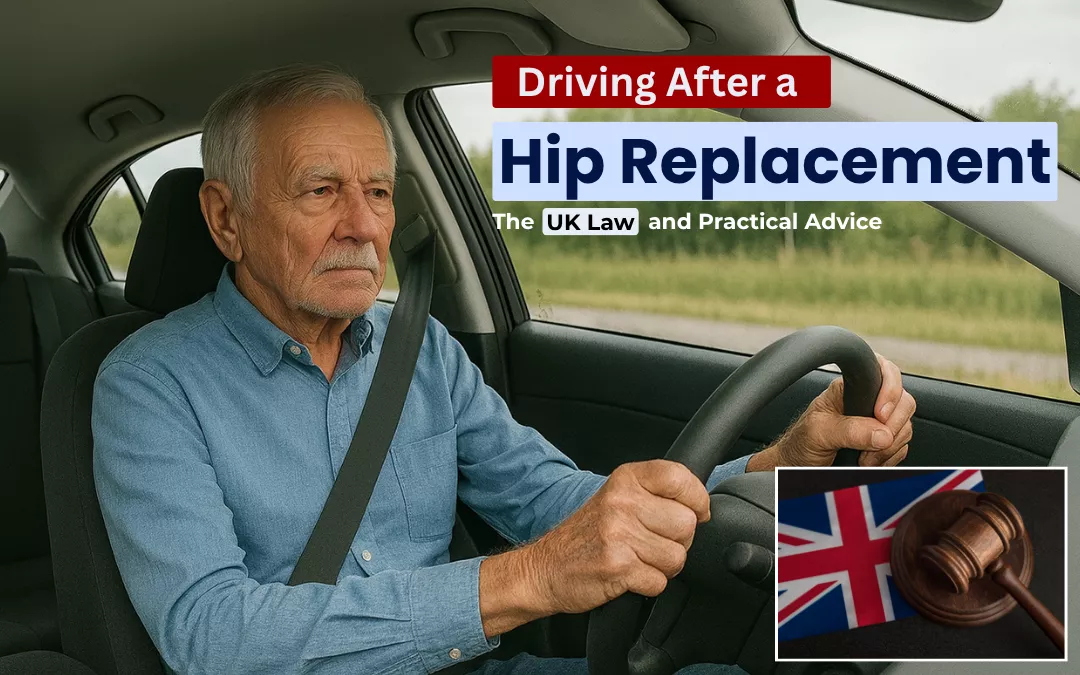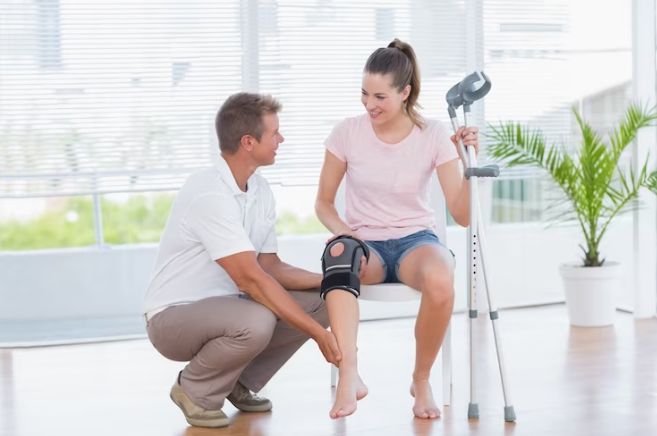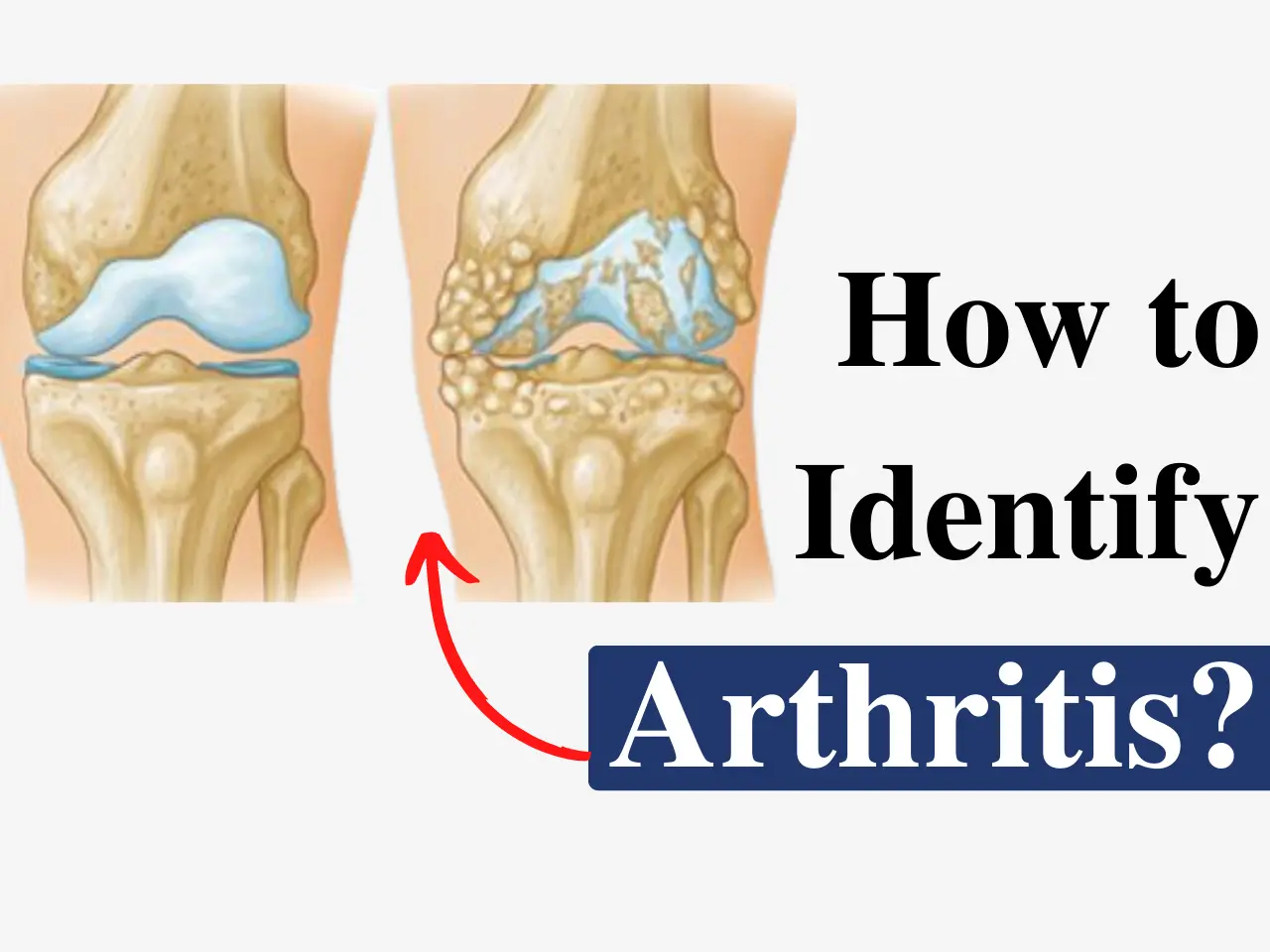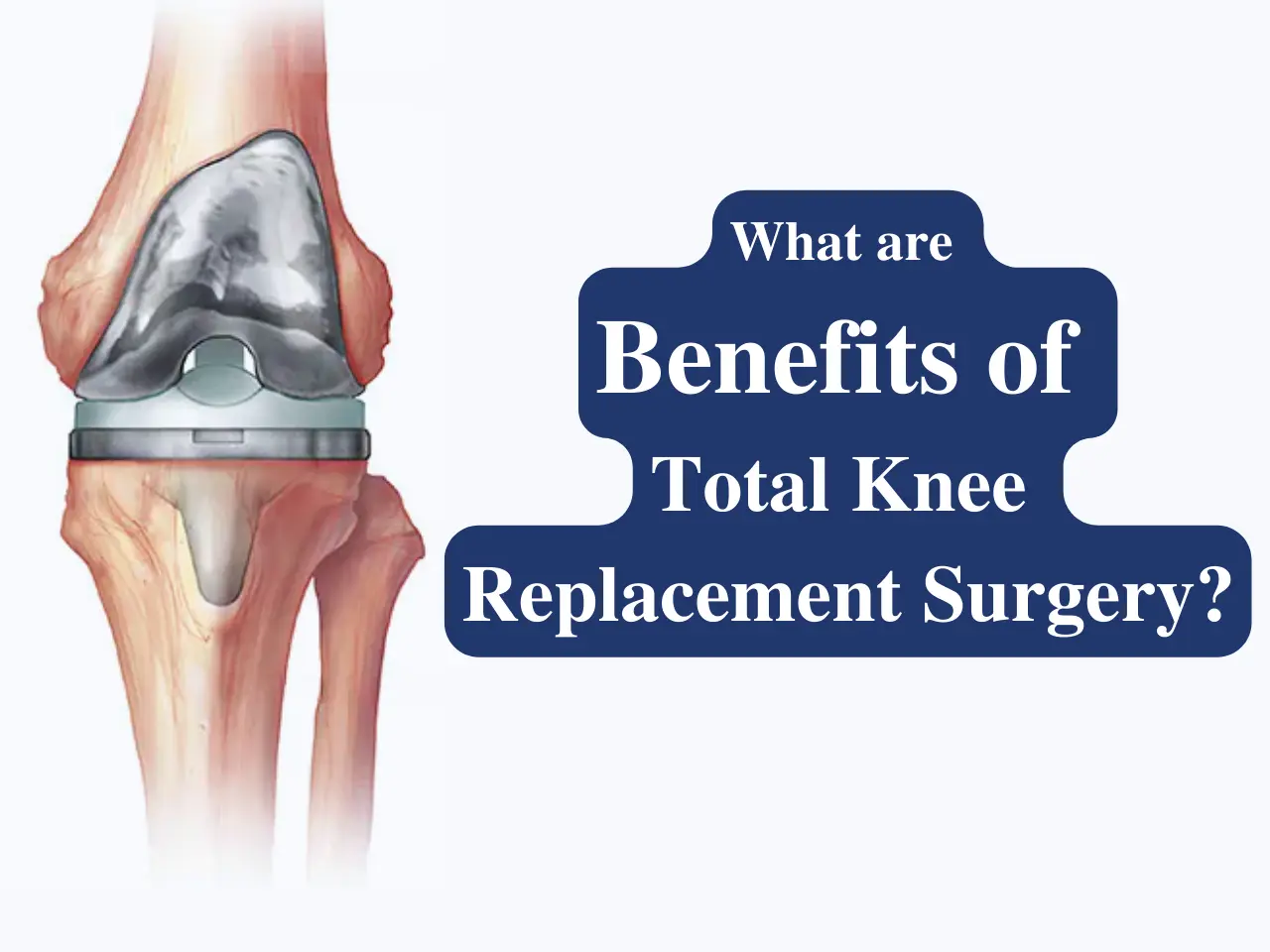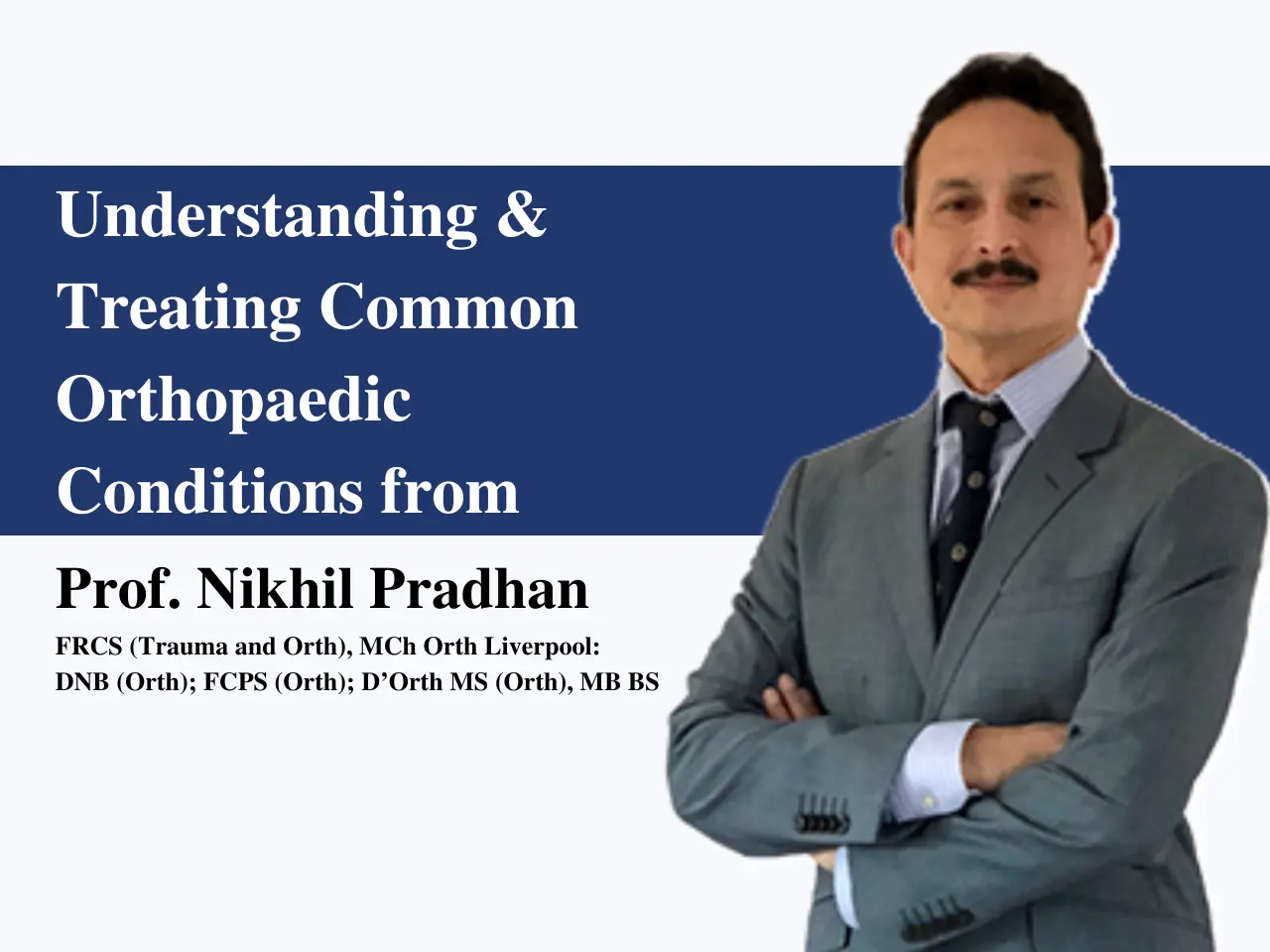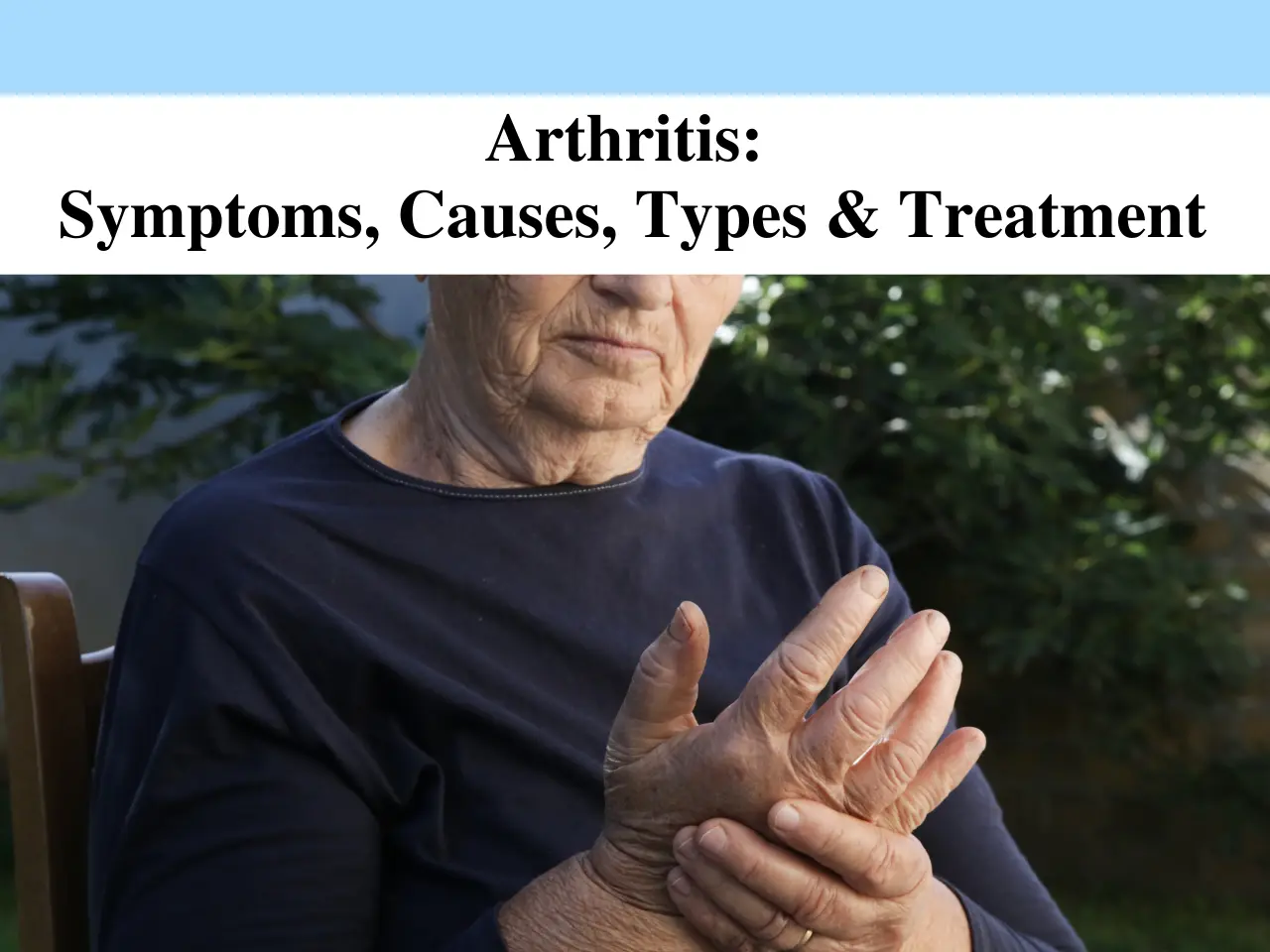Undergoing hip replacement surgery is a major step toward restoring mobility, reducing pain, and improving quality of life. However, many patients are understandably unsure about everyday activities during their recovery, especially driving.
One of the most common questions asked is: “When can I drive after hip replacement?”
Understanding driving after hip replacement UK law, what your car insurance expects, and how to assess your own readiness is essential before getting back behind the wheel.
Mr. Nikhil Pradhan, a highly respected Hip Replacement Surgeon in Cheshire, leads the Cheshire Hip & Knee Clinic in the UK, offering personalised care before, during and after hip surgery.
His evidence-based approach ensures patients regain independence safely and confidently.
Why Driving After a Hip Replacement Requires Care?
Driving involves coordinated muscle control, reaction time and smooth movement of your hip joint. After hip replacement surgery, your mobility and muscle strength may temporarily be reduced.
You may experience:
- Stiffness and discomfort in sitting position
- Difficulty moving your leg between pedals
- Reduced reaction time
- Muscle weakness around the hip
- Dependence on pain-relief medication
Because of these post-surgery changes, it’s vital not to rush back into driving until you are medically fit to drive after hip replacement.
Understanding the UK Law on Driving After Hip Replacement
Your Responsibility Under DVLA Rules
The DVLA medical conditions driving guidelines state that drivers must be able to operate a vehicle safely at all times. After a hip operation, it is your responsibility to make sure you are fit to drive.
Is It Illegal to Drive After a Hip Operation?
No — it is not automatically illegal.
However:
- If you drive before your body is ready, your ability to brake and control the car may be impaired.
- If an accident occurs and you’re deemed medically unfit, this could lead to legal and insurance consequences.
Do You Need to Notify the DVLA?
You do not usually need to notify the DVLA after a routine hip replacement.
However, you must notify the DVLA if:
- Your recovery is significantly delayed
- You have complications
- Your surgeon advises delaying return to driving longer than expected
When Can I Drive After Hip Replacement?
Most patients can safely return to driving about 4–6 weeks after surgery.
However, the timeline varies depending on:
- Whether your left or right hip was replaced
- Whether you drive a manual or automatic car
- Pain levels and hip mobility
- Your ability to perform an emergency stop
Right vs. Left Hip Replacement:
| Hip Operated | Impact on Driving | Approx. Return to Driving |
|---|---|---|
| Right Hip | Requires greater control for pedals, especially braking | Usually closer to 6 weeks |
| Left Hip (Automatic Car) | Less strain on operated side | Sometimes as early as 3–4 weeks, if cleared by the surgeon |
Determining Medical Fitness to Drive
You should only resume driving when:
- You can sit comfortably in the driver’s seat
- You have full control of the pedals
- You can move your leg quickly and confidently
- You can do an emergency stop without pain
If unsure, ask your surgeon for a medical fitness to drive after hip replacement assessment.
Car Insurance After Hip Replacement
Before driving again, always:
- Inform your car insurance provider about your operation and that Medical Fitness to drive by your surgeon has been clarified
- Confirm that they are satisfied you are fit to drive
Failing to notify your insurer may invalidate your coverage. Most insurers only need confirmation you have been cleared by your surgeon.
Practical Tips for Driving After Hip Replacement
What to Check Before Driving After Hip Replacement
- Are you pain-free while seated?
- Can you safely get into and out of your car?
- Can you brake sharply without hesitation?
- Are you off strong pain medication that affects reaction time?
Start Slow and Build Confidence
- Begin in a quiet residential area or parking lot
- Start with short trips
- Gradually increase journey length once comfortable
Helpful Adjustments
- Use a car with automatic transmission
- Adjust your seat to ensure hip comfort
- Place a soft cushion for added support if needed
Recovery Guidance from Cheshire Hip & Knee Clinic
At the Cheshire Hip & Knee Clinic, led by Mr. Nikhil Pradhan, patients receive:
- Tailored rehabilitation programs
- Physiotherapy guidance to regain strength safely
- Driving readiness assessments
- Long-term post-operative care for ongoing progress
Mr. Pradhan’s reputation as the leading Hip Replacement Surgeon in Cheshire stems from his patient-centred, evidence-based care approach.
FAQs: Driving After Hip Replacement-
Q1: How long after hip replacement can I drive?
Most patients resume driving 4–6 weeks after surgery, depending on individual recovery and emergency stop capability.
Q2: Is it illegal to drive after hip replacement surgery?
Not automatically. However, driving before you are medically fit could lead to legal or insurance issues and safety concerns.
Q3: Do I need to notify the DVLA?
Not usually, unless your recovery is prolonged or complications arise.
Q4: Should I inform my car insurer?
Yes — always notify your insurer after hip surgery to ensure coverage remains share your Assessment report that shows Medical Fitness to drive by your surgeon
Q5: Can pain medication affect driving?
Yes. If medication affects alertness or reaction time, do not drive.
Conclusion
Returning to driving is an important milestone in your hip replacement recovery — but timing matters. By following DVLA rules, consulting your surgeon, and assessing your own readiness, you can return to the road safely and confidently.
For expert evaluation, support, and world-class care, contact Mr. Nikhil Pradhan at the Cheshire Hip & Knee Clinic, the trusted Hip Surgery Clinic in the UK, Cheshire.

